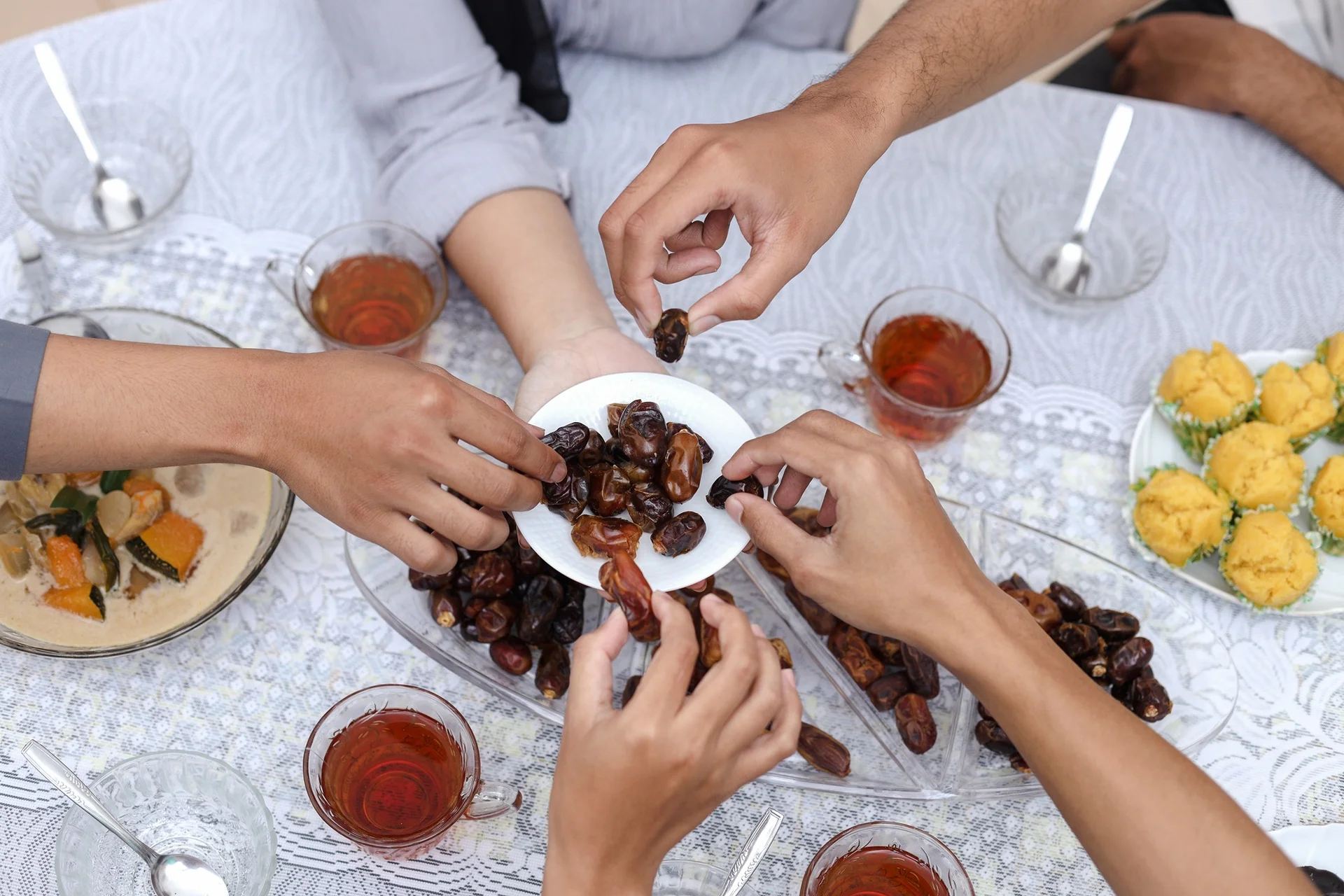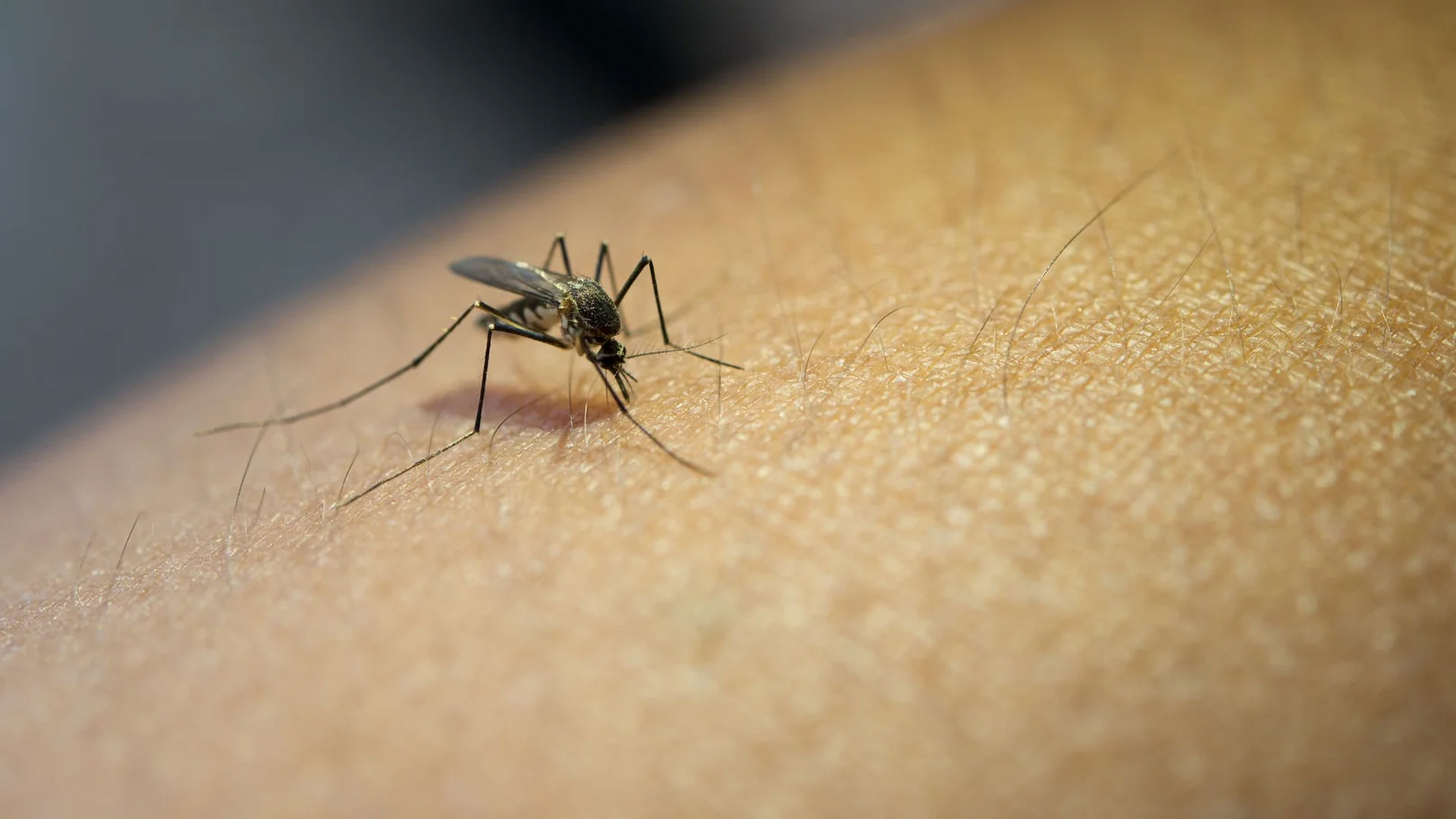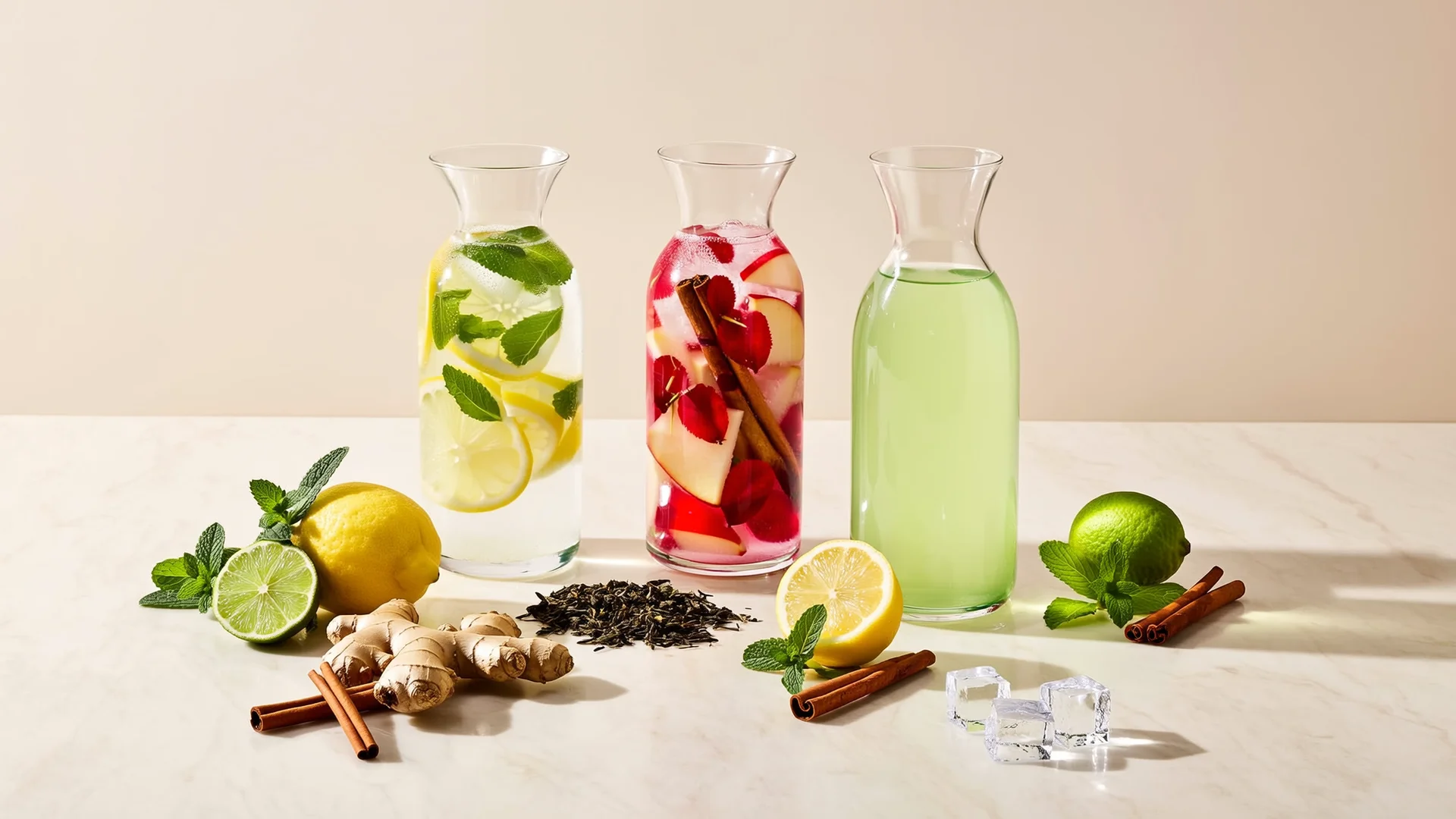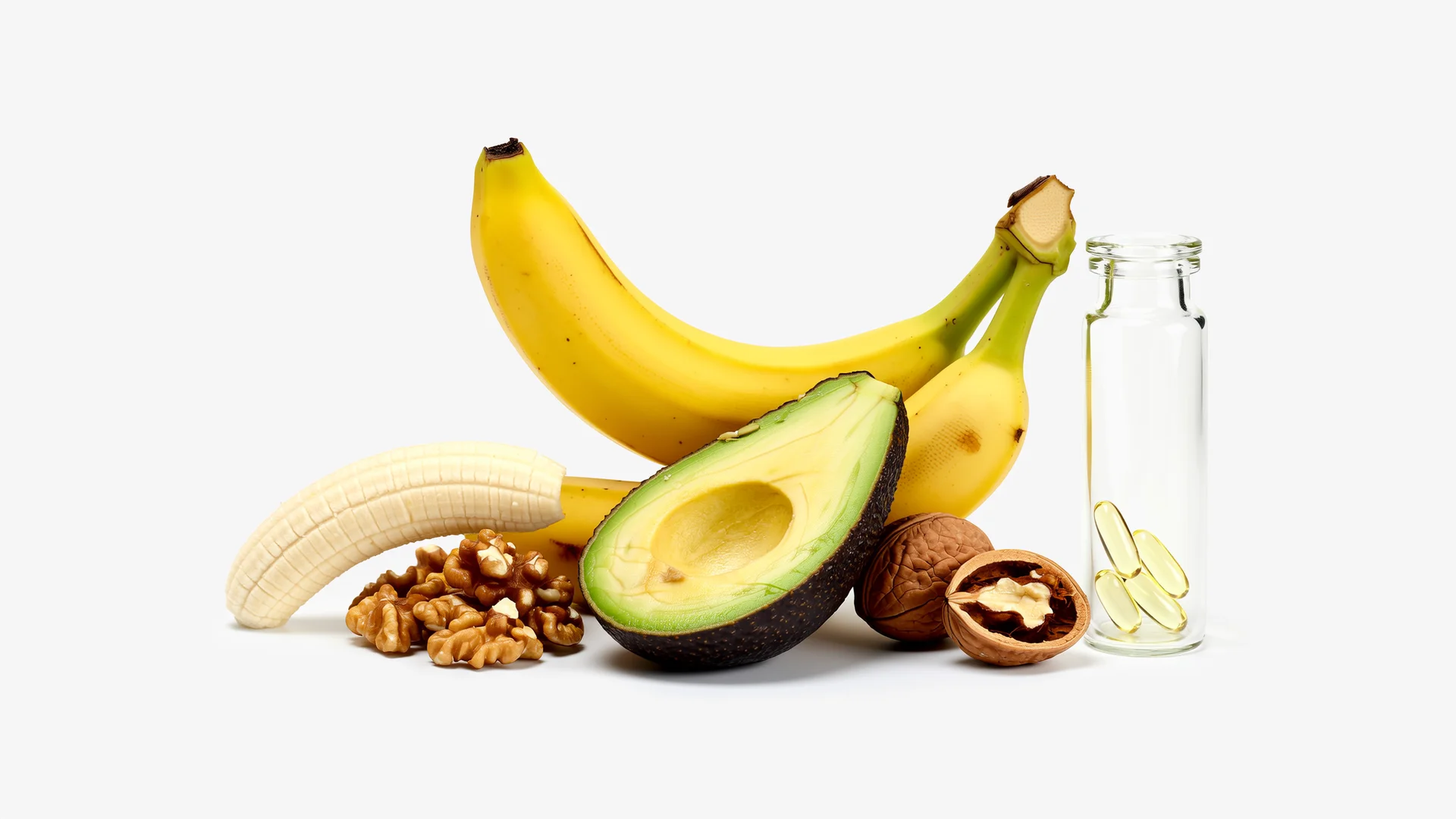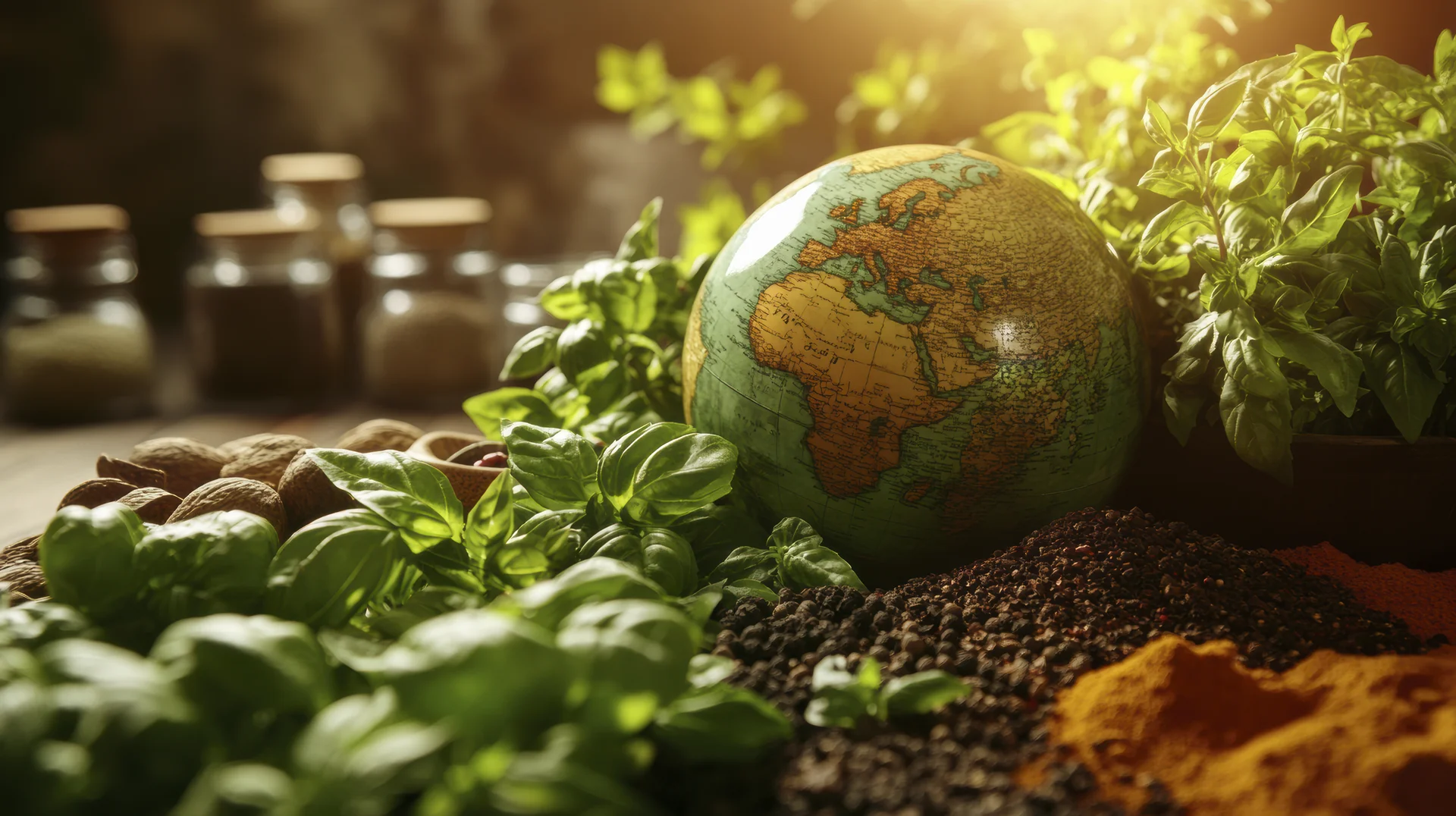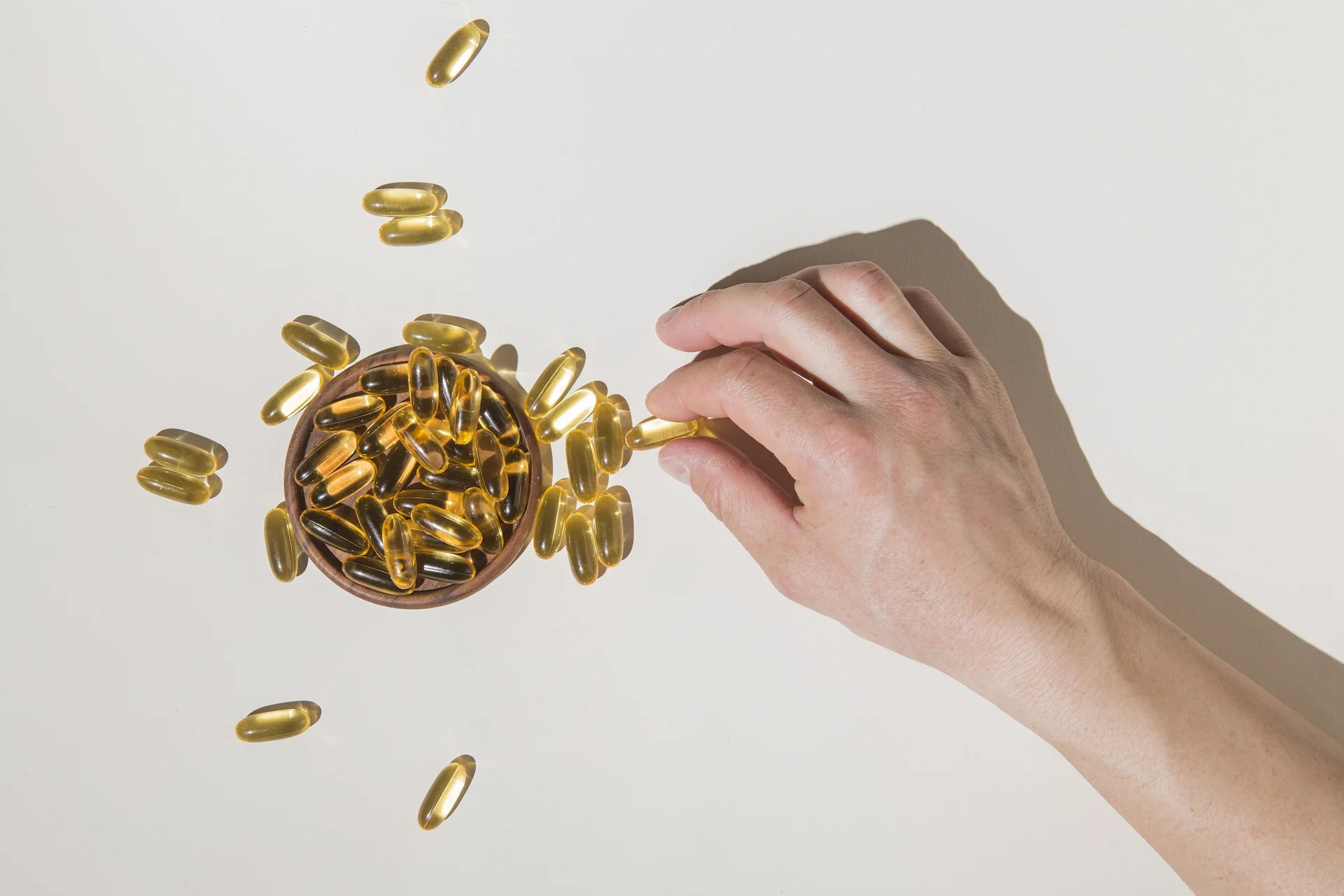"Fruits and vegetables which is thought to be healthy are the foods that contain the most pesticide residue."
What is a Pesticide?
Pesticide residues, which are frequently used to increase product efficiency in the agricultural field, can be found almost everywhere; beer, honey, fruits, vegetables, grass, urine and the air we breathe.
Pesticide is not a Turkish word and means pest = harmful, cide = killer. It is called products with chemical or biological contents used to eliminate microorganisms that damage food and adversely affect quality in the process from production to consumption and to keep them under control in terms of public health.
The world population is increasing very rapidly and the inability to provide enough food in the face of this situation is becoming a major problem. As we mentioned in the definition, pesticides come into play at this stage and aim to increase product quality and yield by protecting agricultural products from harmful insects, pathogenic microorganisms and weeds. However, when pesticides are used in excess of the recommended amounts, when more than one pesticide is sprayed, when more than one pesticide is used by mixing more than one pesticide unless necessary, or when the time between the last spraying and the harvest period is not taken care of, it may leave excessive residues in foodstuffs and some problems may arise in terms of human health. Are pesticides really innocent? Let's examine together.
Pesticide Formation and Classification of Pesticides
It is possible to obtain pesticides from plants or to produce them by synthetic methods. When pesticides are applied directly, they are not preferred in this raw form because of their low effect but high damage to the environment and plants. For this reason, pesticides are mostly ready for use after mixing with active substances. Mixing pesticides with active substances is called "formulation".
Pesticides consist of three main elements.
- Active substance: The main lethal element in pesticides.
- Filler: It is the element that does not react with any chemical compound, does not give chemical interaction with plants, carries the active substance, determines the type of formulation, and can be found as liquid and solid.
- Other substances: It is the element that increases the function and durability of the pesticide and reduces the negative effect on plants.
Total pesticide use in Turkey in 2022 increased by 4.5% compared to 2021 and reached approximately 55 thousand tonnes. Almost 40 per cent of the insecticide use in Turkey is carried out in the Mediterranean Region. The first 3 provinces where pesticides are used the most are Antalya, Manisa and Adana. These regions are the provinces where intensive agriculture is carried out, product diversity is high and important agricultural products are produced especially for export.
Are Pesticides Right Next to Us?
For years, experts have been warning us that biodiversity is in danger. In particular, pesticides are shown as one of the reasons for the rapid decline in the richness of animal and plant species.
Farmers, pesticide applicators and individuals living near agricultural areas where pesticides are intensively used are particularly at risk. Pesticides can spread over very large areas by flying through the air and entering soil and water sources. However, the most common exposure to pesticides is through residues in foodstuffs.
Fruits and vegetables, which are generally considered to be healthy, are the foods that contain the most pesticide residues. Animal products also contain pesticide residues resulting from animal feed or protective treatments against parasites. In addition, fish and seafood contain pesticide residues resulting from biological accumulation in water food chains.
In Which Foods are Pesticides Found?
We often encounter pesticide residues in plant or animal foods. According to research, more than one pesticide residue is detected in our foods. We encounter pesticides especially on fruits and vegetables or in the body of farm animals due to contaminated feed, causing bio-accumulation. Insecticides used in poultry are stored in the fat tissues of the animals and are transferred to dairy products with the milk obtained from these animals.
The Shopper's Guide to Pesticides in Produce represents an analysis by the Environmental Working Group (EWG) of fruit and vegetable test data from the Ministry of Agriculture and the Food and Drug Administration. The 2024 guide analysed data from approximately 47,000 samples of 46 fruit and vegetable varieties.
Foods containing the most pesticides:
- Strawberries
- Spinach
- Kale, collard and mustard greens
- Apple
- Bell and chilli peppers
- Cherries
- Grape
- Peach
- Pear
- Blueberries
- Green Beans
- Carrots
- Sweet potato
- Mango
- Mushroom
- Watermelon
- Cabbage
- Kiwi
- Honey melon
- Asparagus
- Frozen sweet peas
- Papaya
- Onions
- Pineapple
- Sweet corn
- Avocado
Pesticide Spread
Short-term (acute) effects may occur due to storage of food in pesticide containers or contact with pesticides, pesticide contamination of food, failure to use protective equipment (mask, gloves, goggles, protective clothing) carefully during spraying, re-wearing clothes previously exposed to pesticides, failure to take precautions in storage areas.
- Airborne dispersion: Pesticides are applied by spraying, fog and smoke machines. With these methods, some of the pesticides are lost due to evaporation, while some of them remain on the plant and soil surface. Pesticides that become airborne can be carried by the wind and then return to the ground by rain, fog or snowfall.
- Spread through water: Pesticides contaminate rivers, lakes and sea waters by diffusion from the soil. Some pesticides can leach into groundwater through water runoff, injection into the soil, rain and snow.
- Spread through food: Transport and storage of pesticide containers with food, harvesting and placing on the market without waiting the minimum time required after pesticide application are important risk factors.
- Spread through soil: Pesticides can be spread to the soil through leaching, evaporation, erosion and uptake by plants; they can also evaporate from the soil to the air or they can cause danger by leaking or flowing into groundwater.
Ingestion of Pesticides into the Body and Effects on Human Health
People are unknowingly exposed to pesticides in different ways. Pesticides are especially taken into the body by mouth, respiration and skin. Carelessness, eating in unhygienic places, drinking tap water, smoking can be examples of oral intake of pesticides.
Inhalation of vapours and dusts emitted into the ambient air during the manufacture or use of pesticides in liquid and powder forms is an example of respiratory exposure.
The most common route of entry of pesticides into the body is through the skin. Dermal exposure occurs due to adhesion of airborne particles to the skin or contamination of clothing used during application.
The adverse effects of pesticides on the human body are divided into acute (short-term) and chronic (long-term). The appearance of disease symptoms immediately after contact is considered acute pesticide poisoning. People exposed to pesticides may feel tired, weak and exhausted, experience headaches and joint pains, or experience nausea, vomiting and diarrhoea. These short-term damages vary depending on the amount of pesticide to which the person is exposed, the duration of pesticide exposure, the person and environmental factors. There are also cases where pesticides affect the nervous system. In chronic cases, organs such as the heart, lungs, kidneys or liver can be severely damaged. Approximately 11,000 people die in this way every year.
Pesticides pose the greatest risk to those working in the agricultural sector and those living close to agricultural areas, but they also pose a danger to other people because they can easily mix with air and water. By polluting the environment through contamination, they eventually reach our tables.
Pesticide Studies
Fruit and vegetable samples collected from Izmir Provincial Directorate of Agriculture, Izmir Central Market and supermarkets were screened for residues in 2004-2007. Lettuce, artichoke, potato, strawberry, green pepper, bell pepper, zucchini, cucumber, cowpea, plum, cherry, loquat, tomato, aubergine, green bean, pea, watermelon, melon, purslane, peach and apricot were sampled 666 times and analysed for residues. In 20 samples, residues above the maximum residue limits were found.
Esturk et al. investigated pesticide residues in 120 parsley, 120 lettuce and 120 spinach samples in Hatay in 2014. All samples contained residues of three or more active ingredients. Maximum residue limits were exceeded in 28 (23.3 per cent), 20 (16.6 per cent) and 40 (33.3 per cent) samples of parsley, lettuce and spinach, respectively.
In 2019, 90 samples of tomatoes, cucumbers and peppers from five major markets and one neighbourhood market in Turkey were analysed in the report "The Danger on Our Table: Pesticides". In 15.6% (14) of 90 tomato, green pepper and cucumber samples, pesticide residues prohibited for use in products were detected.
In a study conducted in Italy in 2021, grass samples collected from 19 playgrounds, four school gardens and one market in agricultural lands were analysed. 32 pesticide residues were found. It was found that 76 per cent of the pesticide residues contained chemicals that damage the endocrine system.
Lili He and colleagues from the University of Massachusetts applied thiabendazole (fungicide, i.e. fungicide) and phosmet (insecticide, i.e. insecticide) pesticides on red apples for 24 hours to investigate how pesticides can be removed from food. Some of the apples were washed with tap water, some were washed with Clorox bleach (washing solution used to remove pesticides after harvest). Some apples were soaked in 1% sodium bicarbonate solution for 15 minutes and then washed with water. They used SERS (Surface Enhanced Raman Scattering) method to measure the residues of pesticides on the surface of the apples and deep in the peel. They found that the best method was washing with sodium bicarbonate, which removed about 96 per cent of the pesticides from the apple surface.
Pesticide Analysis
While pesticide residue analyses started in developed countries in 1950s, it started in 1959 in our country.
Pesticide residue analyses are performed in foods, environment and biological samples (blood, hair, adipose tissue, urine, breast milk, saliva, etc.) to evaluate pesticide exposure.
The Central Research Institute of Agricultural Control of the Ministry of Agriculture and Forestry of the Republic of Turkey carries out the necessary licensing for pesticides and similar substances that are found to be suitable as a result of the analysis.
In our country, pesticide residue analyses are carried out in public and private laboratories accredited by the Turkish Accreditation Agency (TÜRKAK) under the Ministry of Foreign Affairs. Apart from routine analyses, residue analysis is carried out from these products by conducting controlled trials and spraying with projects carried out by public and private institutions.
It is very important for domestic consumption and foreign trade that pesticide analyses are clean and agricultural products do not contain pesticide residues.
What can be done to reduce pesticide exposure
In fact, the first place is to grow your own product with organic methods. But if we examine easier alternatives in the developing world conditions;
1. Pesticide Applicators Should Be Careful.
Pesticides that are less toxic to humans and the environment should be preferred. Pesticide applicators should be trained and use special equipment, clothes, masks, etc. Harvest spraying interval should be long enough and producers should comply with this period. Pesticide should be used in the permitted amount on the permitted plant.
2. Buy Organic and Locally Grown Fruits and Vegetables.
Buying organic products in season from the local market is the best assurance of pesticide-free products. Research shows that those who consume organic food are expected to take pesticides at a lower rate than those who consume conventional food.
3. Wash Fruits and Vegetables Before Eating.
The most effective method to remove chemical residues in the product is to wash it under running water. For hard fruit and vegetables, a fruit and vegetable scrubbing brush can be used. Crusted fruits should also be washed. Because when peeling the peel, microorganisms in the outer layer can pass through and pose a risk.
In studies, it has been found that washing peppers with tap water reduces pesticide residues by 67-78%, tomatoes by 97%, green beans by 96%, peaches by 38-40%, cucumbers by 22%, aubergines by 86-88%, potatoes by 33-47%.
4. Use Carbonated Water for Suitable Foods Before Washing
We know that acidic solutions increase the effect of pesticides, while alkalis reduce it. Since sodium bicarbonate is highly alkaline, it shows its effect by disrupting the structure of pesticides, breaking them down into neutral and harmless small molecules.
In one study, it was found that washing apples with 1% carbonated water was more effective than tap water alone in removing pesticide residues.
5. Know Which Fruits and Vegetables Have Higher Pesticide Residues
Most of the health risks associated with pesticide residues in produce are concentrated in a relatively small number of fruits and vegetables. By knowing which fruits and vegetables pose the highest risk, you can take precautions such as washing food more carefully, peeling some fruits, or avoiding commercial sources.
The environmental working group's annual report content of the most pesticide residues in 2024; strawberries, spinach, cabbage, kale, kale, peaches, nectarines, apples, grapes, grapes, peppers, cherries, cherries, pears, celery and tomatoes.
6. Pay Attention to Your Shoes
If visitors to your home or you walk on a lawn treated with chemical fertilisers and herbicides, residues of these chemicals can accompany you home. Avoid contact with the environment when taking their shoes inside.
7. Master Food Processing Processes.
The effects of food processing stages on pesticide residues have been examined in studies. Studies have shown that the fermentation process reduces pesticide residues. It has been determined that products such as cabbage, wheat, red wine have a decrease in pesticide residue rates during fermentation.
It has been determined that when aubergine is cooked on the grill 50%, 45% when cooked in oil, 41% when cooked in water and 40% when cooked in microwave, pesticide residues are removed.
In the studies, it was concluded that the drying process, which is one of the most traditional methods of food preservation, reduces pesticide residues at significant rates. It was determined that there was a decrease in pesticide residues in red pepper dried by taking advantage of sun or hot weather.
Fruits and vegetables taken into canning process go through various stages such as washing, peeling, squeezing, cooking and concentrating, sterilisation. It was found that some pesticide residues decreased by 90 to 100% after canning compared to before canning.
1. Pestisit Atlası. Facts and figures about toxic chemicals in agriculture| Heinrich Böll Stiftung| Brussels office-European Union (2023).
2. Bayram, B ve ark. Türkiye’de Organik Tarım ve Sorunları. Atatürk Üniversitesi Ziraat Fakültesi Dergisi (2007).
3. Akdoğan, A ve ark. Pestisitlerin Önemi ve Ekosisteme Etkileri. Akademik Gıda (2012).
4. Çetinkaya, A. Ö. Pestisit Analizleri Eğitim Notu. T.C Gıda Tarım ve Hayvancılık Bakanlığı Ulusal Referans Laboratuvarı. Kalıntı/Pestisit (2015).
5. Çelik, S. Adana İli Ceyhan İlçesi Tarım Çalışanlarında Pestisit Kalıntısı ve Asetilkolinesteraz Enzim Aktivitesinin Araştırılması. Çukurova Üniversitesi/Tıp Fakültesi/Halk Sağlığı Anabilim Dalı. Tıpta Uzmanlık Tezi (2018).
6. Tatlı, Ö. Ege Bölgesine Özgü Bazı Yaş Meyve, Sebze ve Kurutulmuş Gıda Ürünlerinde Pestisit Kalıntı Düzeylerinin Tespiti. Yüksek Lisans Tezi. Çukurova Üniversitesi Fen Bilimleri Enstitüsü, Adana (2006).
7. Atabey, T. Edirne Yöresinde Üretilen Pirinçlerde Pestisit Tayini. Yüksek Lisans Tezi, Namık Kemal Üniversitesi Fen Bilimleri Enstitüsü, Tekirdağ (2016).
8. Katip, A. Bursa İli Tarımsal Pestisit Kullanımının Değerlendirilmesi. BEÜ Fen Bilimleri Dergisi (2019).
9. Çevre Sağlığı “Pestisitler”. Milli Eğitim Bakanlığı, (2012). Ankara, Türkiye.
10. Tiryaki, O. Türkiye’de Yapılan Pestisit Kalıntı Analiz ve Çalışmaları. Erciyes Üniversitesi Fen Bilimleri Enstitüsü Dergisi (2016).
11. Önen, C ve ark. Çiftçilerin Tarım İlaçlamasında Kullandığı Koruyucu Sağlık Önlemleri. Turk J Public Health, (2015).
12. Gündoğdu, Z ve ark. Fiziksel Çevre Kirliliğinin Çocuk Sağlığına Etkileri. Çocuk Dergisi (2016).
13. Gül, H. Türkiye’de Kullanılan Zirai İlaçların Sağlığa Etkileri. Yüksek Lisans Tezi. Nevşehir Hacı Bektaş Veli Üniversitesi Sosyal Bilimler Enstitüsü Sağlık Yönetimi Anabilim Dalı, Nevşehir (2017).
14. Forman, J. and Silverstein, J. Organic Foods: Health and Environmental Advantages and Disadvantages. Pediatrics (2012).
15. Klein R, T et al. Risk Assessment of Mixtures of Pesticides. Current Approaches and Future Strategies, Regulatory Toxicology and Pharmacology (2010).
16. Yeşiltepe, A ve Karadağ, G. Meslek Hastalığının Boyutları ve Meslek Hastalıklarından Korunmada İş Sağlığı Hemşiresinin Rolleri. DEUHFED (2019).
17. Özdemir, F ve ark Tarım Sektörü Zeytin Yetiştiriciliğinde Kimyasal Risk Faktörleri. OHS ACADEMY, (2020).
18. De, A. et al Targeted Delivery of Pesticides Using Biodegradable Polymeric Nanoparticles. Heidelberg, New York Dordrecht London. New Delhi, India (2014).
19. Tarım ve Orman Bakanlığı, Gıda ve Kontrol Genel Müdürlüğü, 2023
20. Özercan, B ve Taşcı, R. Türkiye’de Pestisit Kullanımının İller, Bölgeler ve Pestisit Grupları Açısından İncelenmesi, Ziraat Mühendisliği (2022).
21. Yang, T et al Effectiveness of Commercial and Homemade Washing Agents in Removing Pesticide Residues on and in Apples. Journal of Agricultural and Food Chemistry (2017).
22. EWG’s 2024 Shopper’s Guide to Pesticides in produce (2024).
23. Acoğlu, B. Gıda İşleme Süreçlerinin Turunçgillerde Bulunan Bazı Pestisit Kalıntıları Üzerine Etkisi. Bursa Uludağ Üniversitesi Fen Bilimleri Enstitüsü. Yüksek Lisans Tezi. Bursa, Türkiye (2020).
24. Tağa, Ö. Ege ve Akdeniz Bölgelerinde Yetişen Narenciye Ürünlerindeki Pestisit Kalıntı Düzeylerinin Belirlenmesi. NKÜ Fen Bilimleri Enstitüsü Gıda Mühendisliği Anabilim Dalı Yüksek Lisans Tezi. Tekirdağ, Türkiye (2007).
25. Estürk O. ve ark Pesticide Residue Analysis in Parsley, Lettuce and Spinach by LC-MS/MS. Journal of food science and technology (2014).
26. Birleşmiş Milletler Genel Kurulu. Gıda hakkı Özel Sözcüsü’nün Raporu (2017).
27. Avrupa Parlamentosu Raporu. (2016). Düşündüren Gıdalar: Okullarda Meyve ve Sebze Programı’nda Pestisit Kalıntıları
28. Linhart, C et al. Year-round Pesticide Contamination of Public Sites Near Intensively Managed Agricultural Areas in South Tyrol. Environmental Sciences Europe (2021).

